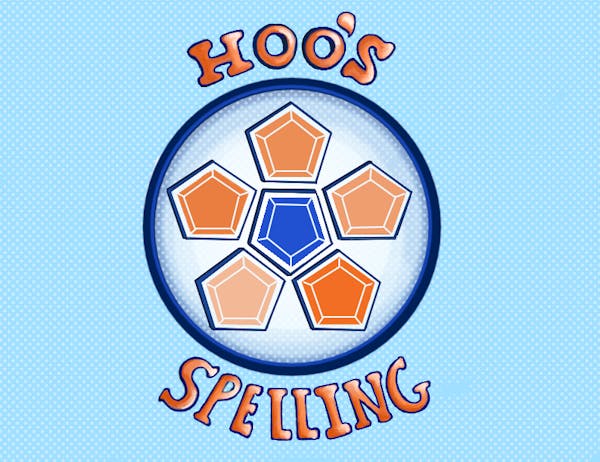“Now You See Me: Now You Don’t,” released Nov. 14, picks up a decade after the previous movie, with the four Horsemen having been separated since before all returning to work together once more. Directed by Ruben Fleischer — the third director to take on the franchise — and with a runtime of 112 minutes, the film attempts to reinvigorate the series with new faces and expansive world-building but fails to truly dazzle audiences.
The three “Now You See Me” movies are filled with thrilling heists, shocking reveals and questionably unrealistic magic, centered around the Horsemen — a group of magicians who use their expertise to take down the wealthy and corrupt, acting as guardians of the world. The third installment does not quite capture the excitement and whimsy of the first two movies, with fewer heists and illusions missing the wow factor.
In this third movie, new magicians join the group, as the Horsemen pass on the torch to the next generation. Central characters and newcomers Bosco, Charlie and June, played by Dominic Sessa, Justice Smith and Ariana Greenblatt, respectively, are assembled to work with the Horsement to take down Rosamund Pike’s Veronika Vanderberg — a South African diamond company owner. The group is working to steal the company’s signature giant heart diamond worth half a million dollars from Vanderberg in order to end her corrupt empire, with the group travelling across the globe pulling off magic tricks in Belgium, France and Abu Dhabi.
A large cast full of eight magicians left the movie with little time to focus on any one character, with most of the character arcs feeling underdeveloped. Having a runtime just shy of two hours, this movie rushes through the addition of new characters and the reuniting of the old Horsemen, leaving little time for multiple intricate heists, which is what made the previous movies so enjoyable.
June’s character, for one, is written largely as the token girl of the group, with her offering little else other than snarky comebacks and occasional humor. Bosco and Charlie were slightly more developed. However, their story lines still felt rushed or unfinished. Pike’s South African accent is laughably inconsistent, but she still manages to sell the role of ruthless business woman.
The Horsemen, who had separated since the end of the second movie, must now relearn how to work together alongside their new Gen-Z partners. While the movie overused jokes about the generational divide, making jokes about slang and social media, the combination of generations proved successful as the new and old were able to work together to take down Vanderberg’s empire. The team utilizes Bosco’s acting prowess and June’s precision timing, along with the veteran Horsemen’s mastery of misdirection, as they joined forces to steal the diamond.
Despite the magicians’ teamwork and occasional moments of excitement, “Now You See Me: Now You Don’t” relies too heavily on the initial two films, repeating the same plot structure and final trick reveal. The original Horsemen follow a similar story arc, initially struggling to work together but eventually figuring it out. The final trick is almost identically set up to the previous movie’s, as the group tricks the villain into thinking they’ve won when actually the magicians are pulling the strings. This repetitiveness leads to a bland movie that adds little to the world that was built up previously.
Each movie in the franchise has a different feel, with each being directed by someone different. Fleischer, known for his work on “Zombieland” and “Venom,” combines his fast-paced action and comedic timing with large-scale set pieces. Cinematic effects mix practical effects with CGI, but this installment tried to rely more on practical affects and misdirection, moving away from the use of extensive CGI.
In one standout scene, the camera pans to each magician as they execute tricks in succession in an attempt to outdo the others — all filmed in one shot. However, despite this move towards realistic tricks, the illusions and revelations felt predictable and yawn-worthy. The large-scale deception of the finale was not surprising and felt unmagical, as earlier hints spoil it. Additionally, the conclusion’s similarity to that of the second movie leaves the whole film feeling repetitive and lacking genuine spectacle.
The illusions in the film struggle to create a high-intensity feeling, leaving the movie lacking in tension and suspense. Compared to the surprising ability to escape from handcuffs while being detained or the suspenseful efforts to sneak a card past security, the stakes of the magic tricks and revelations felt less intense and lacked the tension needed to keep the audience guessing.
References to past illusions and events evoked the nostalgia fans hold for the first two films, but the plot felt too similar to that of the second film. This third installment still holds some of the sentiments of what made the first movie so entertaining — an exciting heist movie that involves crazy magic — but falls short of being a truly thrilling and original spectacle of tricks.







